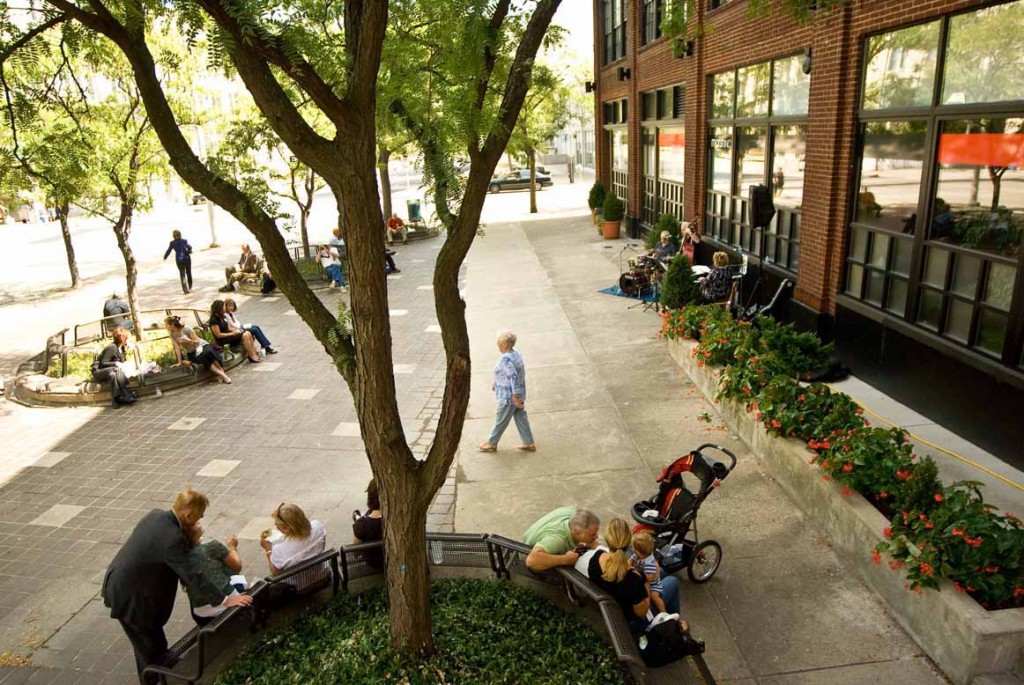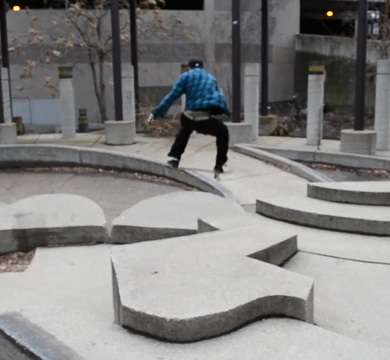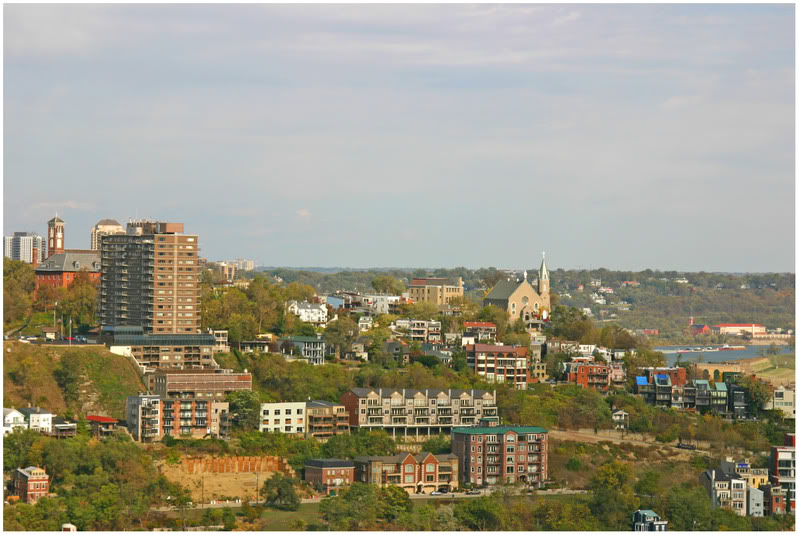As Cincinnati begins a formal effort to define its brand and overall image, there seems to be a clear direction in which the conversation should head. Cincinnati is already known as a cradle of brands and building upon those existing creative assets would seem beneficial.
Home to consumer product giants like Procter & Gamble, Kroger, Macy’s and Chiquita, Cincinnati has been able to grow a robust support economy of branding and design firms looking to help sell their products to the world. Over time, many industries tend to self congest and maximize on economies of agglomeration. In Cincinnati this has occurred downtown roughly along the 8th Street corridor.
Within what is now being called the 8th Street Design District is a diverse collection of design professionals and businesses. In all, there are approximately 336 people working professionally in the fields of architecture, photography, graphic design, advertising, branding, urban and sustainable building design, and interior design in this small sub-section of downtown. There are also estimated to be approximately 175 people living in the immediate area in warehouses that have been converted into creative living spaces.
The numbers come to us from Ken Neiheisel, Principal of New Business Development for Marsh, who is helping lead the new organization that is attempting to brand the area with just the kind of image city leaders appear to want to do on a larger scale.
In early 2011, Neiheisel says, the 8th Street Design District hopes to begin incorporating some type of signage and designations up around the district to help make people more aware. He also says that the group is working on developing an overall brand strategy.





